Home>Home Maintenance>What Helps With Plant Drainage
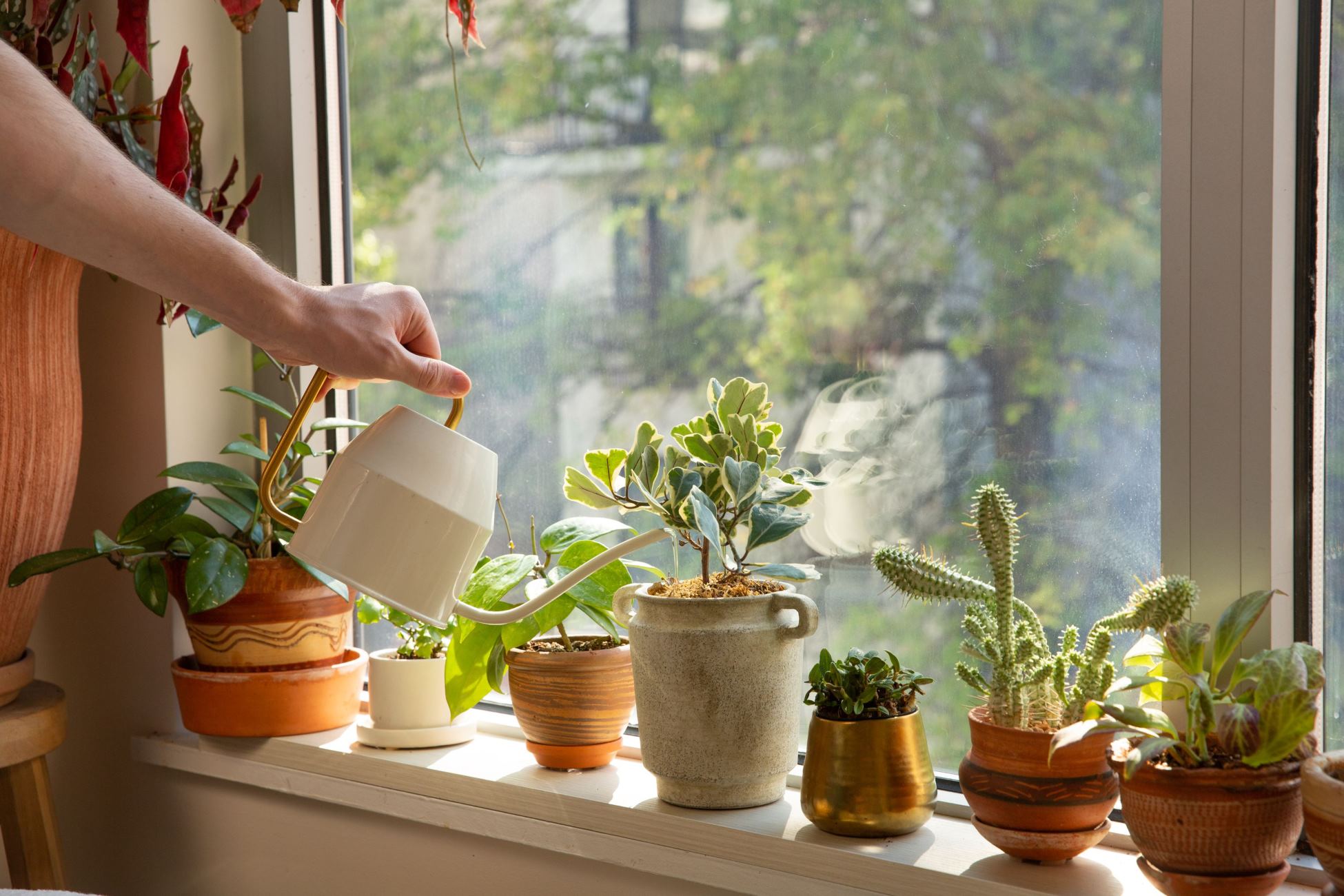

Home Maintenance
What Helps With Plant Drainage
Modified: March 7, 2024
Looking for ways to improve plant drainage at home? Discover effective home maintenance tips and solutions for better plant drainage.
(Many of the links in this article redirect to a specific reviewed product. Your purchase of these products through affiliate links helps to generate commission for Storables.com, at no extra cost. Learn more)
Introduction
Welcome to the world of gardening! Whether you have a green thumb or you’re just starting out, understanding the importance of plant drainage is vital for the health and well-being of your plants. Proper drainage ensures that excess water doesn’t accumulate around the root system, preventing issues such as root rot and fungal diseases. In this article, we will explore the various factors affecting plant drainage and provide you with practical tips to improve it in your garden.
Proper plant drainage is crucial because it allows oxygen to reach the roots, promoting healthy growth and preventing the roots from suffocating. When too much water lingers around the roots, it can lead to root rot, a condition where the plant’s roots become waterlogged, resulting in decay and ultimately the death of the plant. Poor drainage also creates a favorable environment for fungal diseases, as excessive moisture encourages the growth of fungi and molds that can harm your plants.
Several factors contribute to the drainage of your plants, including the type of soil, the container used, and the watering techniques employed. By understanding and addressing these factors, you can create an optimal environment for your plants, promoting their growth and overall well-being.
Key Takeaways:
- Proper plant drainage is crucial for healthy plants. Use well-draining soil, suitable containers, and proper watering techniques to prevent root rot and promote vigorous plant growth.
- Avoid common mistakes like overwatering and poor soil preparation. Monitor plant health, use drainage materials, and adjust watering based on weather conditions for optimal plant drainage.
Read more: What Kind Of Plants To Plant For Drainage
Importance of Plant Drainage
Ensuring proper plant drainage is essential for the health and longevity of your plants. Here are some key reasons why plant drainage is so important:
- Prevents root rot: Excess water around the roots can lead to root rot, a condition where the roots become waterlogged and start to decay. This can significantly weaken the plant and make it more susceptible to diseases and pests. Good drainage helps prevent the accumulation of excess water, reducing the risk of root rot.
- Aerates the root system: Oxygen is crucial for healthy root development. When the soil is poorly drained and waterlogged, it restricts the flow of oxygen to the roots. Proper drainage ensures that oxygen can penetrate the soil, promoting healthy root growth and nutrient absorption.
- Prevents nutrient imbalance: Overwatering can flush away essential nutrients from the soil, making it difficult for plants to absorb the necessary elements. Good drainage allows for proper nutrient uptake, reducing the risk of nutrient deficiencies.
- Reduces the risk of fungal diseases: Excessive moisture around the roots can create a favorable environment for the growth of fungi and molds, leading to various fungal diseases. Good drainage helps maintain the right moisture balance, minimizing the chances of fungal infections.
- Improves plant growth and vigor: When plants have access to adequate drainage, they can establish a robust root system that efficiently absorbs nutrients and water. This leads to healthier, more vigorous growth, increased flowering, and better overall plant performance.
It’s crucial to understand the importance of plant drainage in maintaining the health of your plants. By providing proper drainage, you create an optimal environment for your plants to thrive, reducing the risk of root-related issues and promoting their overall growth and well-being.
Factors Affecting Plant Drainage
Several factors influence the drainage of your plants. Understanding these factors will help you identify and address any drainage issues in your garden. Here are the key factors affecting plant drainage:
- Soil Type: Different soil types have varying drainage capacities. Sandy soils tend to drain quickly, while clay soils can be heavy and retain water. The ideal soil for good drainage is loamy soil, which is a well-balanced combination of sand, silt, and clay.
- Soil Compaction: Compacted soil reduces drainage capacity by limiting pore space. High foot traffic or heavy equipment can compact the soil, making it difficult for water to percolate through it. Ensure proper soil preparation and avoid excessive compaction to maintain good drainage.
- Slope and Elevation: The natural slope and elevation of your garden can affect drainage. Proper grading and contouring can help redirect water away from the plant roots, preventing waterlogging. If your garden has areas with poor natural drainage, you may need to consider raised beds or implementing drainage systems.
- Container Type: When using containers for planting, the type of container can impact drainage. Good drainage is facilitated by containers with drainage holes at the bottom. Avoid containers without holes or those with insufficient drainage, as they can lead to waterlogged soil.
- Plant Selection: Different plants have different moisture requirements. Choosing plants that are well-suited to your local climate and soil conditions can help ensure better drainage. Some plants thrive in moist conditions, while others prefer dry or well-drained soil.
- Climate and Weather: The climate and weather patterns in your region can greatly influence plant drainage. Heavy rainfall or prolonged periods of wet weather can saturate the soil, impairing drainage. Managing water runoff and ensuring proper soil preparation can mitigate the effects of excessive moisture.
By considering these factors, you can identify potential drainage issues in your garden and take appropriate measures to improve drainage. Adapting your gardening practices to suit your specific conditions will help create an optimal environment for your plants to thrive.
Using Well-Draining Soil
Choosing the right soil is crucial for proper plant drainage. Well-draining soil allows excess water to flow through, preventing waterlogging and root rot. Here are some tips for using well-draining soil in your garden:
- Loamy Soil: Loamy soil is an ideal choice for good drainage. It contains a balance of sand, silt, and clay, providing adequate pore space for water movement. If your soil is not naturally loamy, you can amend it by adding organic matter like compost to improve its drainage capabilities.
- Permeability Test: Conduct a simple permeability test to determine your soil’s drainage capacity. Dig a hole about 30 cm deep and fill it with water. If the water takes more than half an hour to drain completely, you may have a drainage issue. In such cases, consider amending the soil to improve drainage.
- Raised Beds: If you have heavy clay soil in your garden, creating raised beds can be an effective solution. Raised beds provide better drainage by elevating the planting area above the compacted soil. Fill the raised beds with a well-draining mixture of loamy soil, compost, and perlite or vermiculite.
- Mixing Organic Matter: Incorporating organic matter into your soil can improve its structure and drainage. Organic matter, such as compost or well-rotted manure, helps break up compacted soil, allowing for better water movement. Spread a layer of organic matter over your garden bed and mix it into the top few inches of soil.
- Avoid Heavy Clay Soil: Heavy clay soil tends to retain water, leading to poor drainage. Avoid planting directly in areas with heavy clay soil, or improve the drainage by mixing in organic matter and coarse sand.
- Avoid Over-Amending: While adding organic matter is beneficial for improving drainage, be cautious not to over-amend your soil. Excessive organic matter can cause the soil to become overly porous, leading to rapid drainage and nutrient leaching. Maintain a balanced ratio of organic matter to soil for optimal drainage.
- Regular Soil Testing: Periodically test your soil to evaluate its composition and drainage capacity. Soil testing can identify any deficiencies or issues that may hinder proper drainage. You can adjust your soil amendments based on the test results, ensuring the best conditions for plant growth.
By using well-draining soil and incorporating these tips into your gardening practices, you can create an environment that promotes healthy root development and prevents waterlogging. Remember to choose soil that suits your specific plant requirements and regularly monitor and adjust your soil amendments as necessary.
Amending Soil for Better Drainage
If you are dealing with poorly draining soil in your garden, amending it can significantly improve the drainage and health of your plants. Here are some effective techniques for amending soil for better drainage:
- Add Organic Matter: Incorporating organic matter like compost, well-rotted manure, or leaf mold into the soil can improve its structure and drainage. The organic matter breaks up compacted soil, allowing for better water movement and reducing the risk of waterlogging. Spread a layer of organic matter over the garden bed and mix it into the top few inches of soil.
- Incorporate Coarse Sand: Mixing coarse sand into heavy clay soils can help improve drainage. The sand particles create larger pore spaces in the soil, allowing excess water to drain away more efficiently. Be cautious not to use fine sand, as it can lead to compaction. Aim for a ratio of about 25% sand to 75% soil.
- Add Perlite or Vermiculite: Perlite and vermiculite are lightweight materials that can be added to the soil to improve drainage. They create air pockets in the soil, promoting aeration and water drainage. Mix in about 10-20% perlite or vermiculite to the soil to enhance its drainage capabilities.
- Create Raised Beds: If you have heavy clay or poorly draining soil, creating raised beds can be a practical solution. Raised beds elevate the planting area, providing better drainage and preventing water from pooling around the plants’ roots. Fill the raised beds with a well-draining mixture of loamy soil, compost, and perlite or vermiculite.
- Use Soil Drainage Pipes: For areas with extremely poor drainage, installing perforated drainage pipes can help facilitate water movement away from the plant roots. Dig a trench and place the drainage pipes at the bottom, covering them with gravel. This directs excess water away from the planting area, preventing waterlogging.
- Monitor pH Levels: Soil pH can affect drainage as well. Aim for a slightly acidic to neutral pH level (around 6 to 7) for optimal drainage. Conduct regular soil tests to monitor and adjust pH levels if necessary. Adding lime or sulfur can help balance the pH and improve drainage.
- Apply Gypsum: Gypsum, a mineral compound, can help improve drainage in clay soils. It works by breaking up the compacted clay particles, allowing for better water movement. Apply gypsum to the soil according to the package instructions, and mix it thoroughly into the topsoil.
Remember to evaluate your soil type and condition to determine the appropriate amendments needed for better drainage. It’s important to strike a balance between improving drainage and maintaining the necessary nutrients for plant growth. Regularly monitor your soil and make adjustments as needed to provide the best conditions for your plants.
To improve plant drainage, add a layer of gravel or small rocks at the bottom of the pot before adding soil. This will help excess water to drain away from the roots, preventing waterlogged soil.
Read more: What To Plant In A Drainage Ditch
Choosing Suitable Containers
When it comes to gardening, choosing the right containers is essential for promoting proper plant drainage. The container you select can greatly impact the water drainage around the plant roots. Here are some tips for choosing suitable containers:
- Drainage Holes: Look for containers with drainage holes at the bottom. These holes allow excess water to escape, preventing waterlogging and ensuring proper drainage. Avoid using containers without drainage holes, as they can lead to stagnant water and root rot.
- Size and Depth: Consider the size and depth of the container based on the type of plants you are growing. Larger plants or those with extensive root systems may require deeper containers to accommodate their growth. Ensure that the container size provides enough space for the plant’s root system while still allowing adequate drainage.
- Material: Choose containers made of breathable materials such as terracotta, ceramic, or fabric. These materials allow for better air circulation and water evaporation. Avoid plastic containers without proper drainage as they can trap moisture around the roots.
- Elevate Containers: To promote even better drainage, consider placing your containers on risers or saucers to allow excess water to drain freely. This prevents the plants from sitting in water and experiencing waterlogging.
- Consider Container Insulation: In hot climates, containers can heat up quickly, leading to faster water evaporation and potentially drying out the soil. Insulating the containers by wrapping them with burlap or bubble wrap can help regulate the temperature and reduce water loss.
- Monitor Containers for Maintenance: Regularly inspect your containers for any signs of damage or blockage. Ensure that the drainage holes are clear and free from debris. Cleanse the containers between plantings to prevent the accumulation of harmful pathogens.
- Grouping Containers: Grouping containers together can create a microclimate that promotes better drainage. As containers sit closely together, they create shade and reduce evaporation, maintaining a more consistent moisture level in the soil.
- Use Drainage Saucers Properly: If you choose to use containers with attached drainage saucers, make sure to empty them after watering to prevent the roots from sitting in standing water. Avoid leaving the saucers filled with water, as it can lead to root rot and disease.
By selecting containers with adequate drainage holes, the right size and material, and implementing proper maintenance techniques, you can ensure that your plants have optimal drainage. Remember to monitor the containers regularly and make necessary adjustments to promote healthy plant growth.
Proper Watering Techniques for Drainage
Watering plays a crucial role in plant health and proper drainage. By following the right watering techniques, you can ensure that excess water drains away effectively, preventing waterlogging and promoting healthy plant growth. Here are some tips for proper watering techniques to improve drainage:
- Water at the Base: Directly water the base of the plant, avoiding overhead watering whenever possible. This helps prevent excess moisture on the leaves, reducing the risk of fungal diseases and encouraging better drainage.
- Watering Frequency: Water your plants deeply and thoroughly, but allow the soil to slightly dry out between watering. This allows the roots to become well-established and promotes deeper root growth. Avoid overwatering, as it can lead to waterlogged soil and poor drainage.
- Early Morning Watering: Water your plants early in the morning, preferably before the sun is at its peak. This allows the water to be absorbed by the soil before evaporation occurs, reducing water loss and ensuring that the roots have sufficient time to dry out during the day.
- Avoid Overhead Sprinklers: Overhead sprinklers can contribute to excess moisture on the leaves and soil surface. Whenever possible, use drip irrigation or soaker hoses to provide targeted watering directly to the roots, minimizing water waste and promoting better drainage.
- Avoid Prolonged Watering: Watering your plants for an extended period can lead to oversaturation and poor drainage. Instead, practice a slow, steady watering technique, allowing the water to penetrate the soil gradually without causing runoff.
- Avoid Watering in the Evening: Watering your plants in the evening can result in prolonged moisture on the leaves and around the roots. This can increase the risk of fungal diseases and hinder drainage. Stick to morning watering to ensure proper drying of the foliage and soil surface.
- Adjust Watering Based on Weather: Take into account the weather conditions when determining your watering schedule. During periods of heavy rain or high humidity, you may need to reduce the amount and frequency of watering to avoid waterlogged soil and poor drainage.
- Monitor Soil Moisture: Regularly check the moisture level of the soil using a moisture meter or by testing the soil with your finger. Optimal watering depth and frequency vary depending on the plant’s water needs, so it’s crucial to monitor and adjust accordingly.
- Mulching: Applying a layer of organic mulch around your plants can help regulate soil moisture and reduce water evaporation. Mulch also helps prevent soil compaction, maintains a more consistent soil temperature, and inhibits weed growth, all of which can contribute to better drainage.
By implementing proper watering techniques, you can maintain the right moisture balance in the soil and promote better drainage. Remember to consider the specific needs of your plants and adjust your watering practices accordingly.
Using Drainage Materials
In addition to proper soil preparation and watering techniques, utilizing drainage materials can further enhance the drainage capabilities in your garden. These materials help create a well-drained environment for your plants, preventing water accumulation and promoting healthy root development. Here are some commonly used drainage materials:
- Gravel: Adding a layer of gravel at the bottom of plant containers or in garden beds can improve drainage. The gravel allows water to flow freely through the soil, preventing it from becoming waterlogged. Ensure that the layer of gravel is thick enough to provide adequate drainage.
- Perforated Pipes: Installing perforated pipes in garden beds or around the root zone of plants can help drain excess water away. These pipes allow water to seep through and redirect it to a desired location, reducing the risk of waterlogging. Place the pipes in trenches below the soil surface and cover them with gravel for optimal drainage.
- Pea Gravel or Small Stones: Adding a layer of pea gravel or small stones on the soil surface can improve drainage and prevent soil compaction. These materials create a barrier between the soil and the environment, allowing water to percolate through more efficiently.
- Perlite: Perlite is a lightweight volcanic mineral that can be mixed into the soil to improve drainage. The porous structure of perlite aids in water retention and aeration, preventing waterlogging and promoting healthy root growth. Mix perlite into the soil at a ratio of around 1:4 to improve drainage.
- Vermiculite: Vermiculite is another lightweight material that can enhance drainage in the soil. Its water-absorbing abilities help regulate moisture levels and prevent waterlogging. Mix vermiculite into the soil at a ratio of around 1:4 to promote better drainage.
- Coconut Coir: Coconut coir, also known as coconut fiber, is a sustainable alternative to peat moss. It improves soil drainage by promoting aeration and preventing compaction. Mix coconut coir into the soil to enhance drainage and water retention.
- Compost: Incorporating well-rotted compost into the soil can improve drainage by enhancing soil structure. The organic matter in compost helps break up compacted soil, allowing for better water movement. Mix compost into the soil to add nutrients and improve overall drainage qualities.
- Landscaping Fabric: Landscaping fabric, also known as weed barrier cloth, can be placed beneath the soil surface to improve drainage and prevent weed growth. The fabric allows water to pass through but prevents soil particles from clogging the drainage system.
- Rain Barrels and Catchment Systems: Collecting and utilizing rainwater through rain barrels or catchment systems can help manage excess water while providing a sustainable irrigation source. By capturing and storing rainwater, you can reduce water runoff, prevent waterlogging, and promote better drainage in your garden.
Consider using these drainage materials in appropriate areas of your garden to improve drainage and create a healthier growing environment for your plants. Each material serves a specific purpose, so select the ones that align with your gardening needs and objectives.
Common Mistakes to Avoid for Plant Drainage
Proper plant drainage is crucial for maintaining the health and vitality of your plants. However, there are several common mistakes that gardeners often make that can hinder drainage and impact plant growth. Here are some mistakes to avoid for optimal plant drainage:
- Overwatering: One of the most common mistakes is overwatering. Excessive watering leads to waterlogged soil, which restricts oxygen flow to the roots and promotes root rot. To prevent overwatering, allow the soil to dry out slightly between waterings and monitor the moisture level of the soil using a moisture meter or your finger.
- Poor Soil Preparation: Failing to properly prepare the soil before planting can contribute to drainage issues. Compacted soil, lack of organic matter, and improper soil composition can all impede drainage. Take the time to amend the soil with organic matter and ensure it is well-draining before planting.
- Using the Wrong Containers: Selecting containers without proper drainage holes or using containers that are too small can lead to poor drainage. Ensure that the containers you choose have sufficient drainage holes at the bottom and are appropriately sized for the plants’ root systems.
- Neglecting Soil pH: Soil pH plays a crucial role in drainage. Neglecting to test and adjust the pH of the soil can result in poor drainage. Different plants have specific pH preferences, so it’s essential to know the pH requirements of your plants and adjust the soil accordingly.
- Ignoring Natural Slopes: The natural slopes in your garden can impact drainage. Ignoring slopes or failing to redirect water flow away from the plants can lead to waterlogging. Ensure proper grading and contouring of your garden to prevent water from pooling around the plant roots.
- Using Non-Porous Mulch: While mulching is beneficial for moisture retention and weed control, using non-porous mulch like rubber or plastic can hinder drainage. These materials prevent water from percolating into the soil, leading to waterlogged conditions. Opt for organic mulch that allows water to pass through easily.
- Improper Plant Spacing: Planting too closely together can hinder air circulation and proper drainage. When plants are crowded, it becomes challenging for excess water to evaporate, leading to waterlogged soil. Follow the recommended spacing guidelines for each plant to allow for adequate airflow and drainage.
- Overlooking Drainage Materials: Failing to incorporate drainage materials such as gravel, perlite, or vermiculite into the soil can impact drainage. These materials help create air pockets, improve water movement, and prevent waterlogging. Take advantage of these materials to improve drainage in your garden.
- Ignoring Weather Conditions: Neglecting to adjust watering practices based on weather conditions can lead to poor drainage. During periods of heavy rain or high humidity, adapt your watering schedule to prevent overwatering and drainage issues.
- Not Monitoring Plant Health: Regularly monitoring the health of your plants can help you identify drainage issues early on. Look for signs of overwatering or water stress, such as yellowing leaves, wilting, or stunted growth. Make adjustments to your watering practices or soil amendments as needed.
By avoiding these common mistakes, you can create better drainage conditions in your garden, promoting healthy plant growth and minimizing the risk of water-related issues. Remember to be mindful of your watering practices, soil preparation, and the overall environment to ensure optimal drainage for your plants.
Read more: What To Plant In A Pot Without Drainage
Conclusion
Proper plant drainage is essential for the health and vitality of your plants. By understanding the factors that affect drainage and implementing the right techniques, you can create an optimal environment that promotes healthy root development and prevents water-related issues.
Start by using well-draining soil or amending your existing soil to enhance drainage capabilities. Choose suitable containers with proper drainage holes and consider using drainage materials like gravel, perlite, or vermiculite to improve water movement.
Adopting proper watering techniques is also crucial for maintaining good drainage. Water at the base of the plants, avoid overwatering, and be mindful of the timing and frequency of watering. Additionally, consider the natural slopes in your garden and monitor weather conditions to adjust watering practices accordingly.
Avoid common mistakes that hinder drainage, such as using non-draining containers, neglecting soil preparation, and overwatering. Regularly monitor plant health and address any issues promptly to ensure optimal drainage and prevent water-related problems.
By prioritizing plant drainage, you create an environment that promotes healthy root growth, prevents root rot and fungal diseases, and increases overall plant vigor. Remember, proper drainage is key to the success and longevity of your garden.
So, roll up your sleeves, implement the techniques you’ve learned, and enjoy a thriving garden with excellent plant drainage!
Frequently Asked Questions about What Helps With Plant Drainage
Was this page helpful?
At Storables.com, we guarantee accurate and reliable information. Our content, validated by Expert Board Contributors, is crafted following stringent Editorial Policies. We're committed to providing you with well-researched, expert-backed insights for all your informational needs.
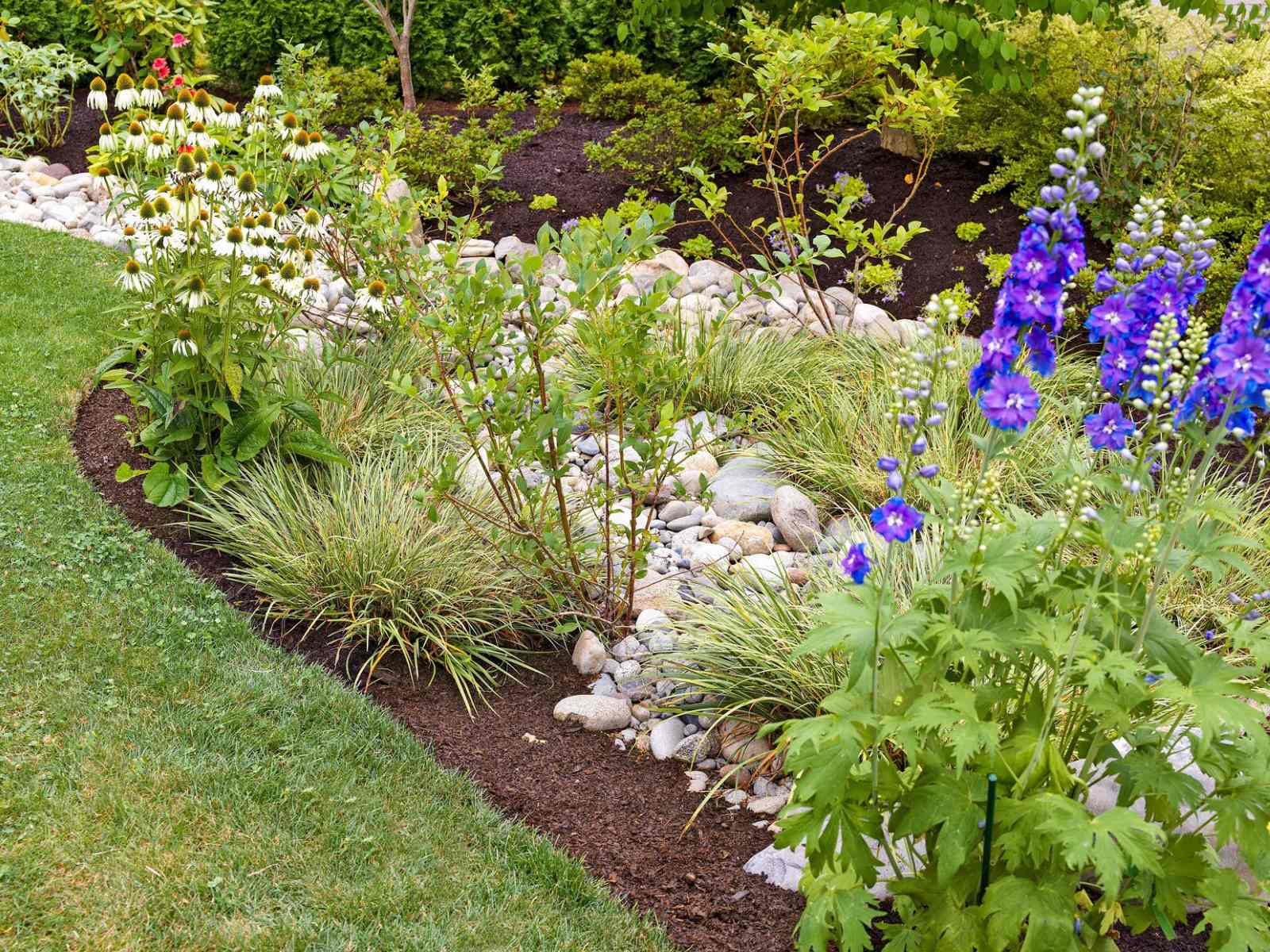
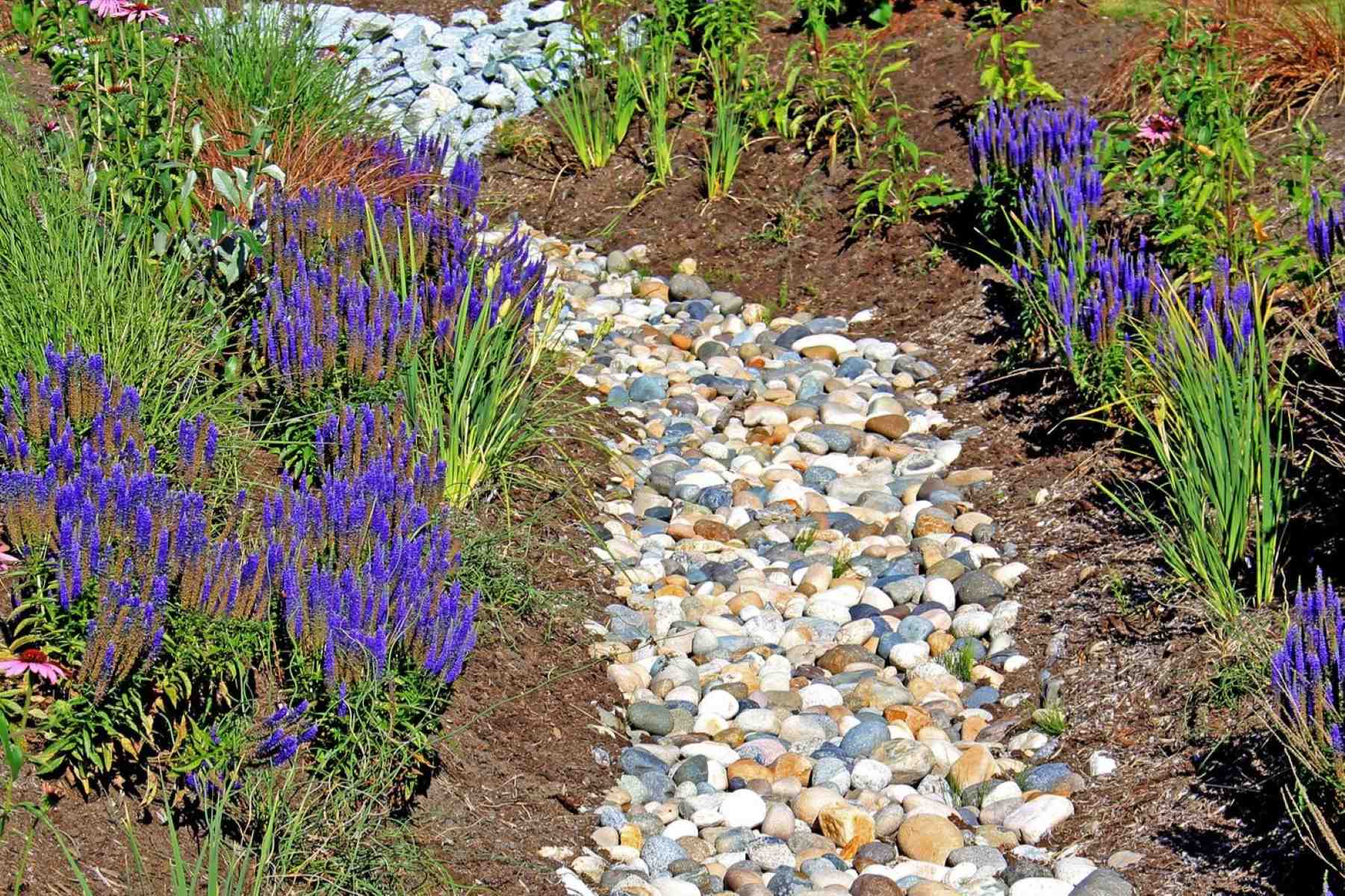
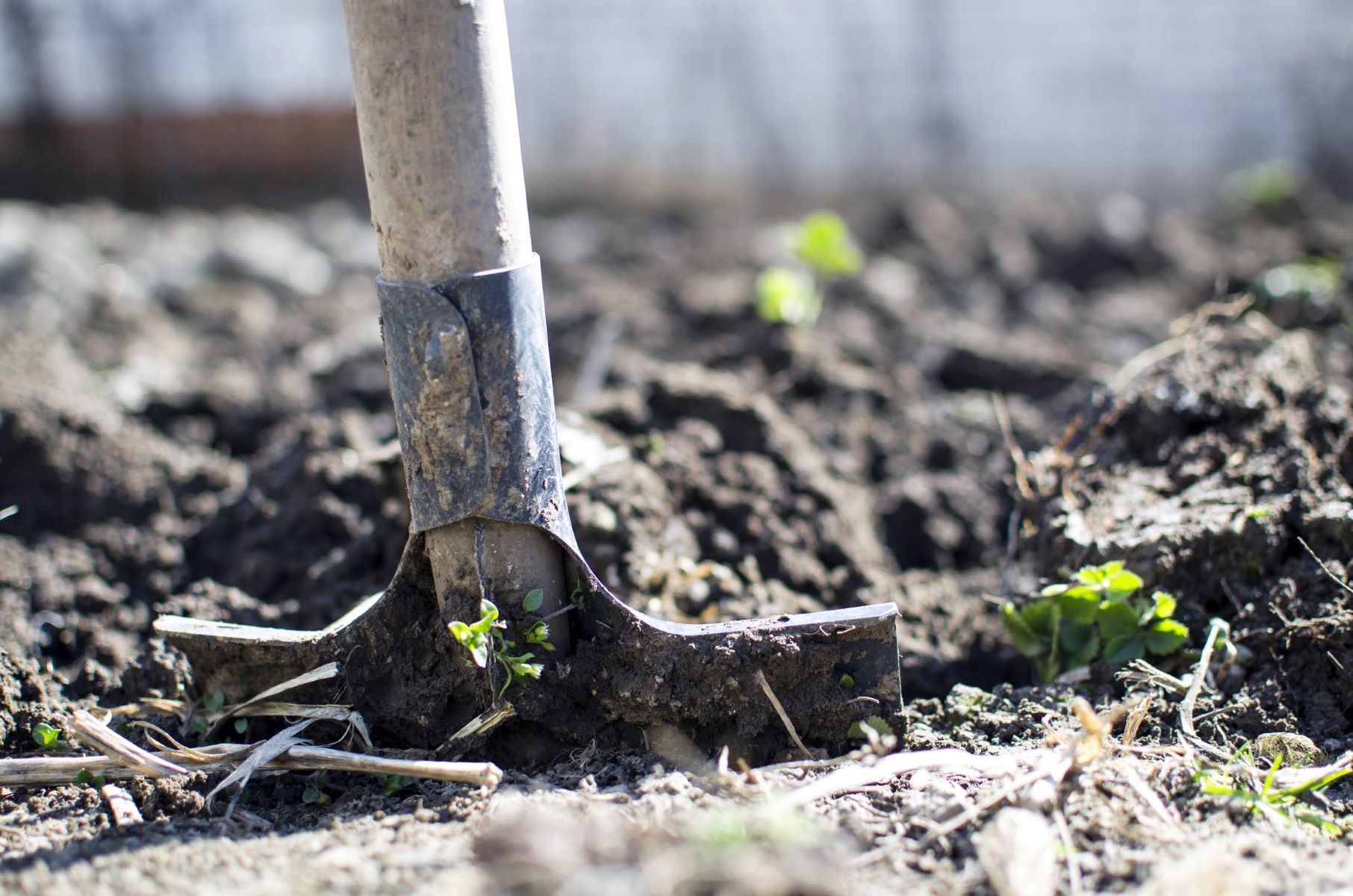
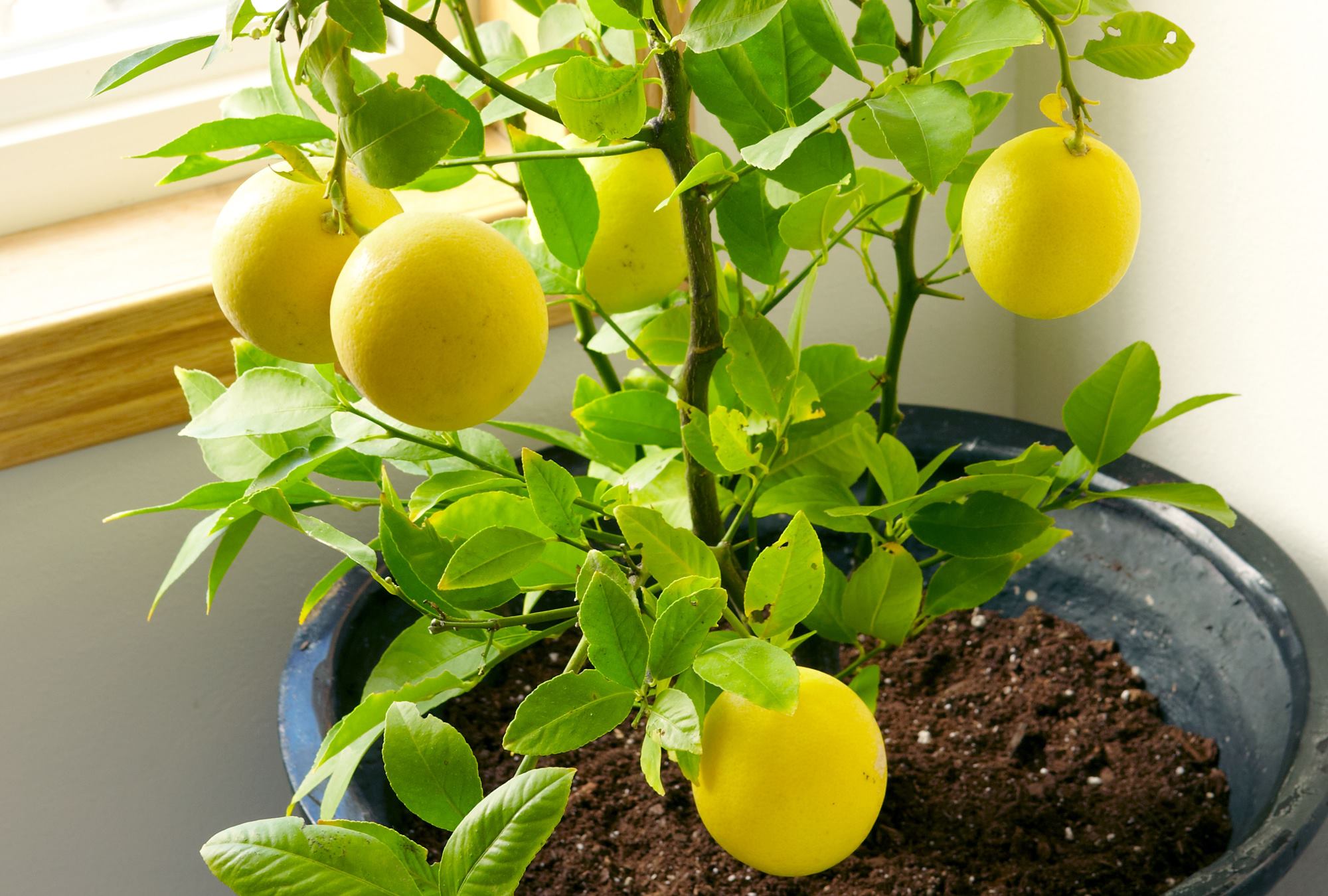
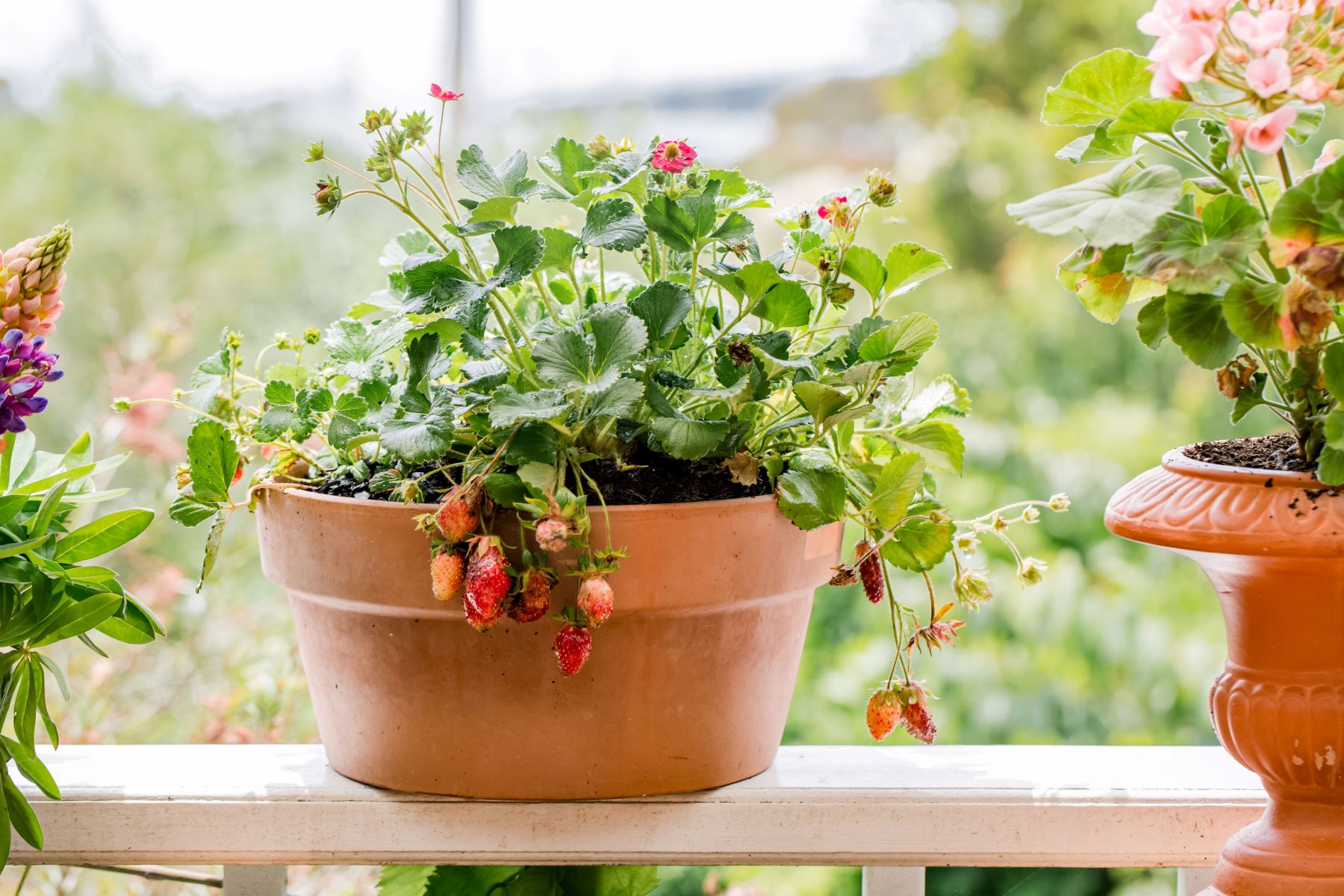
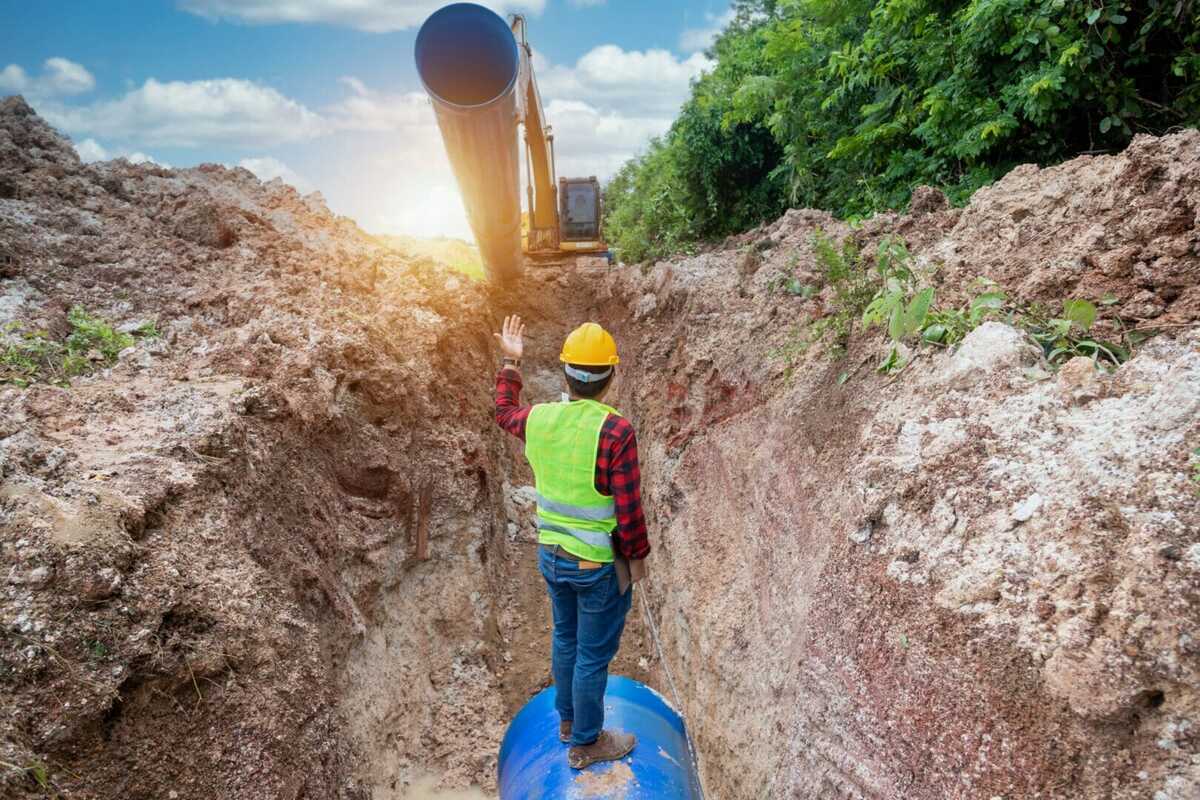
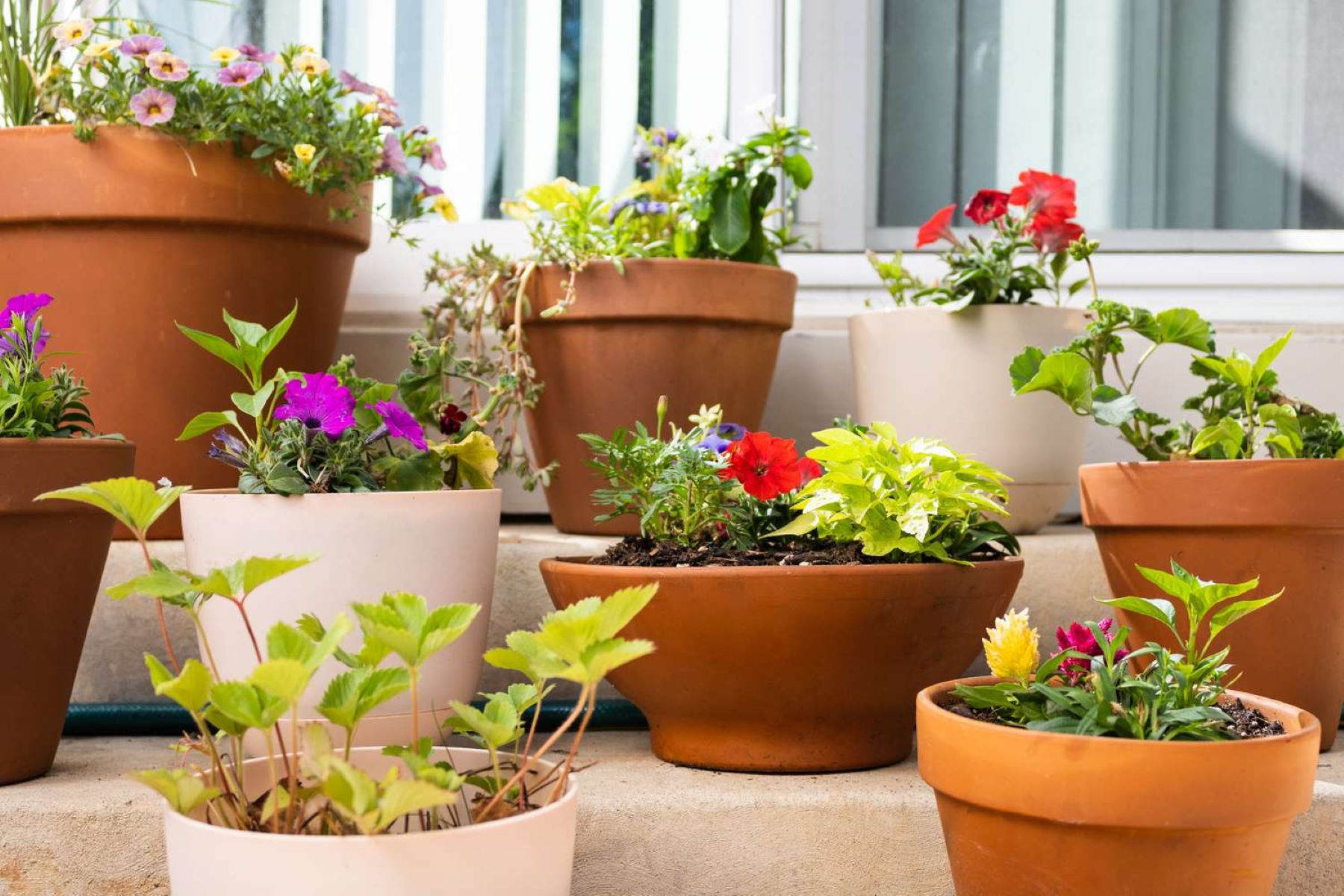
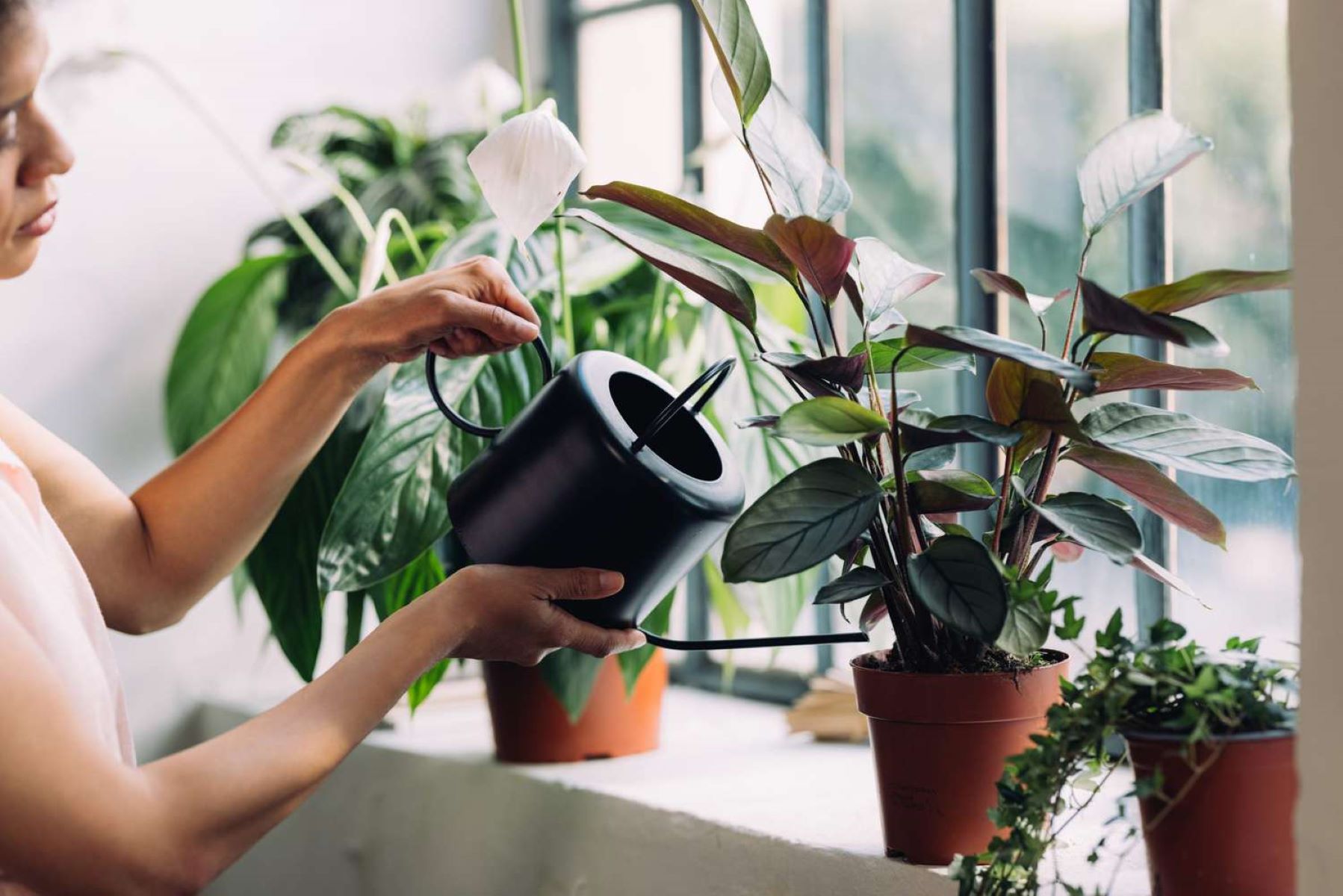
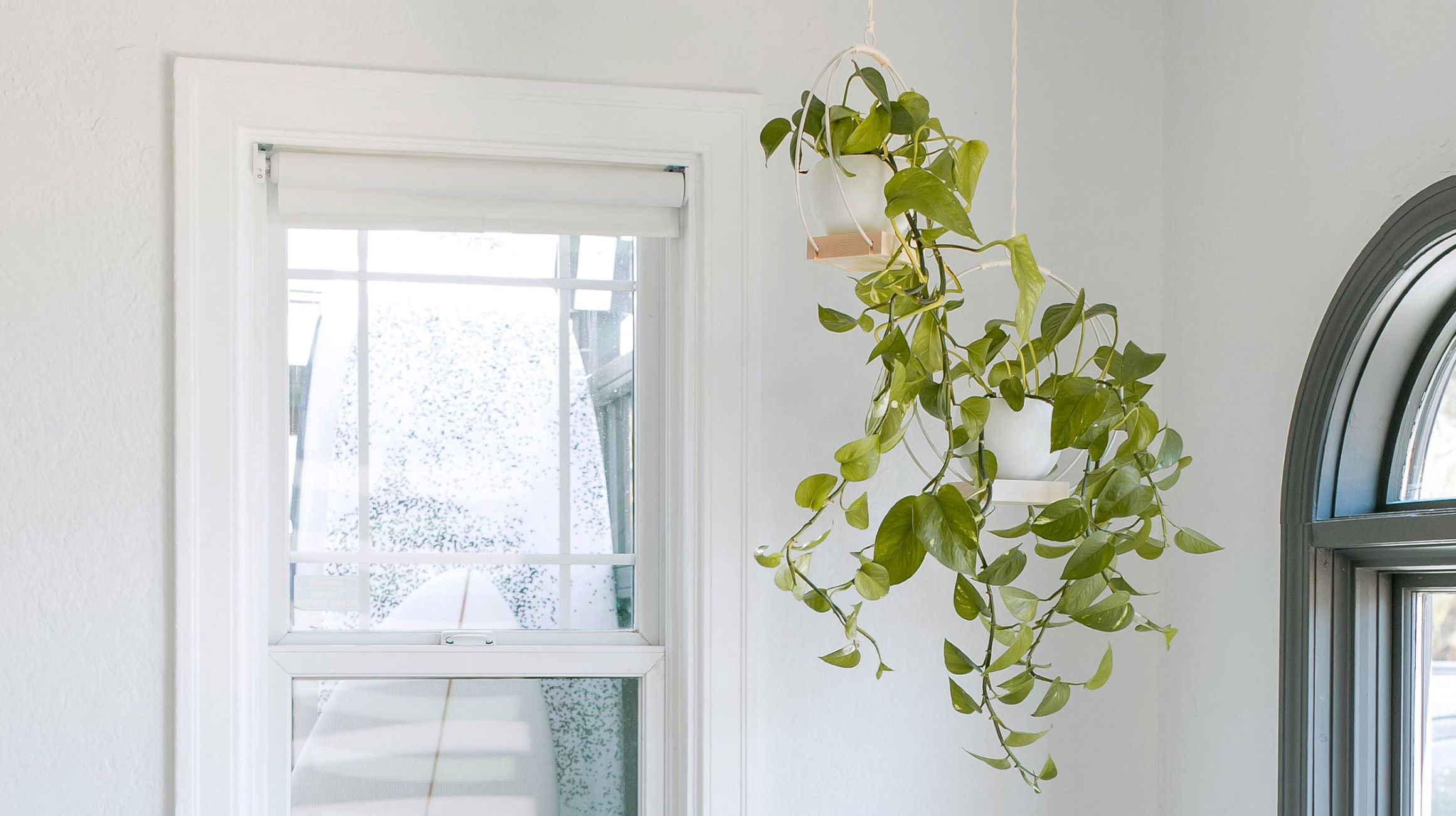
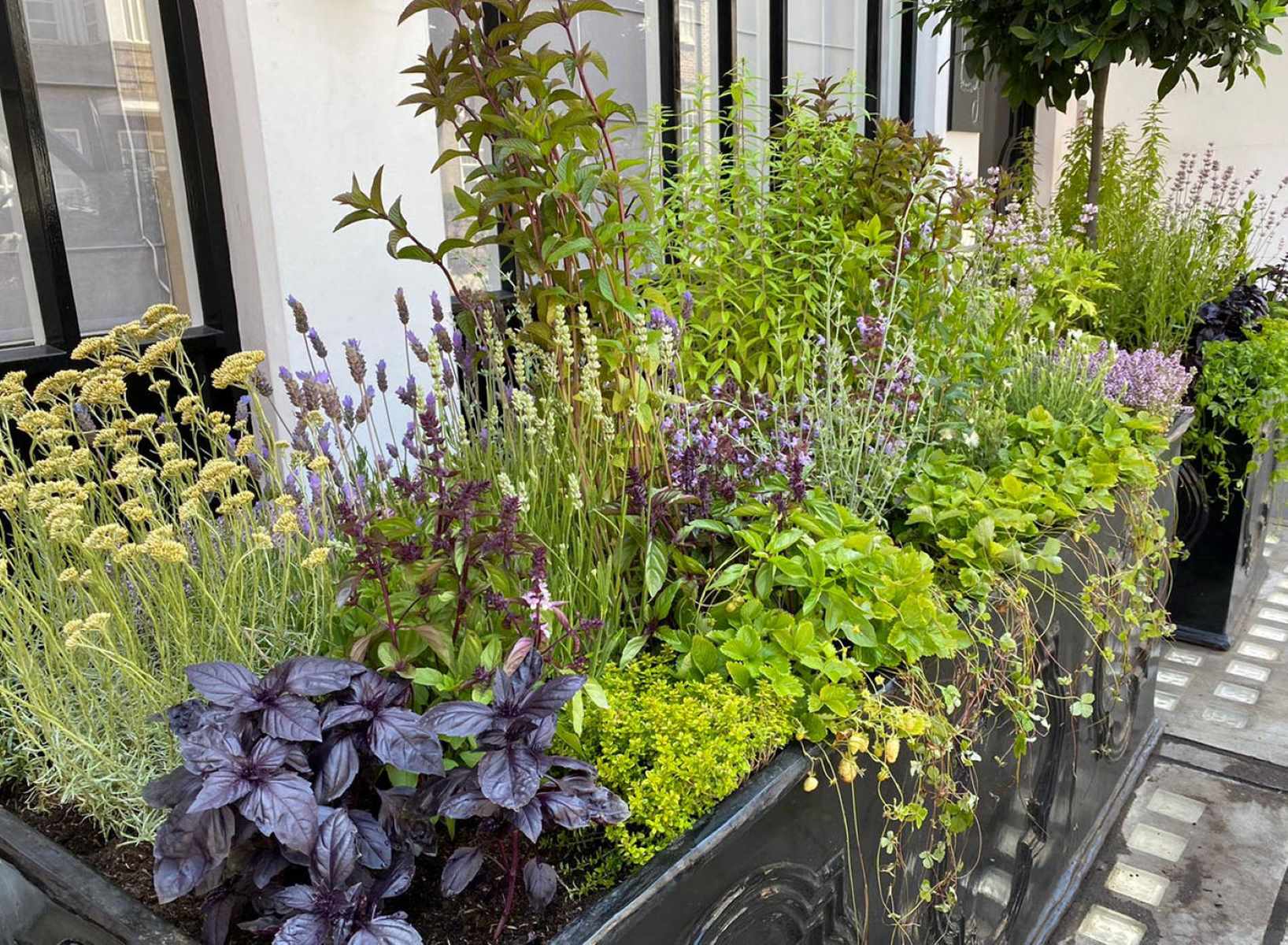
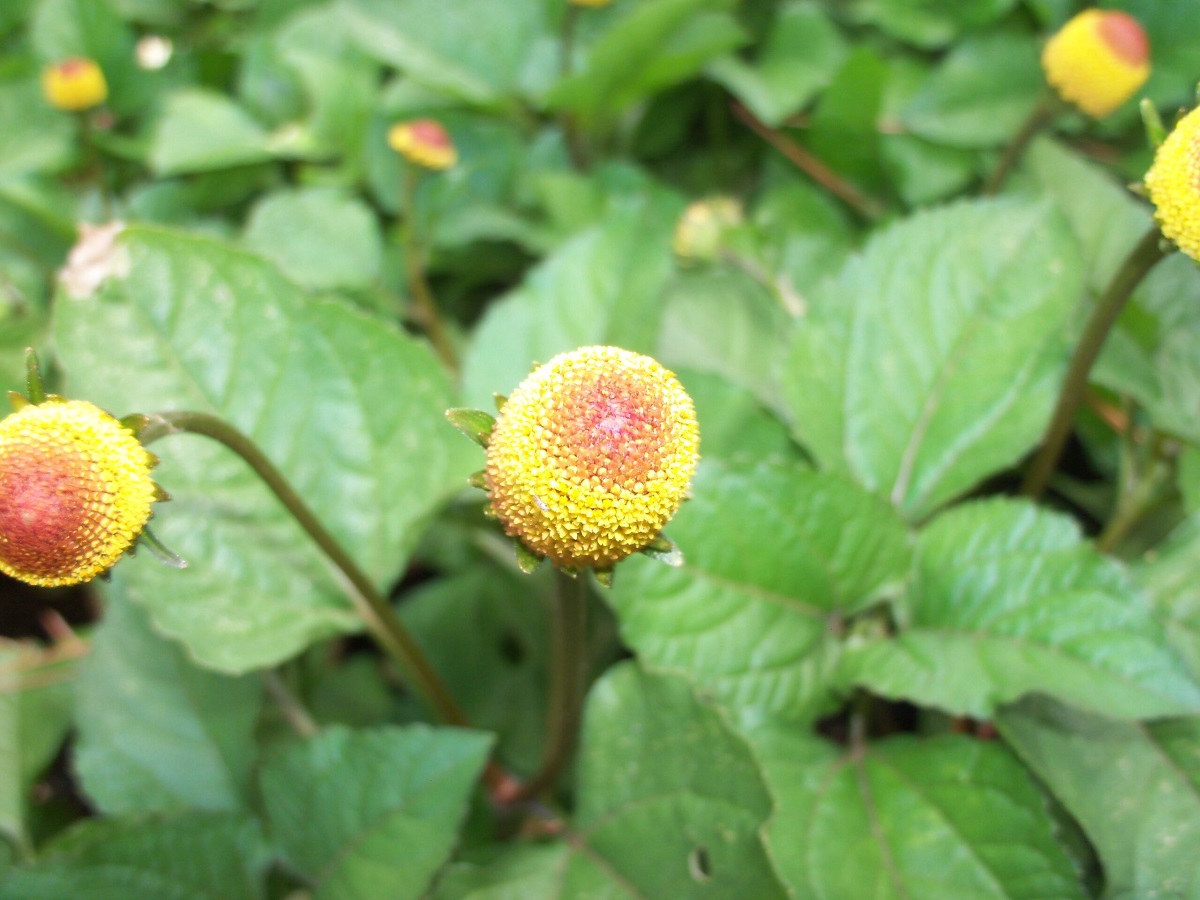
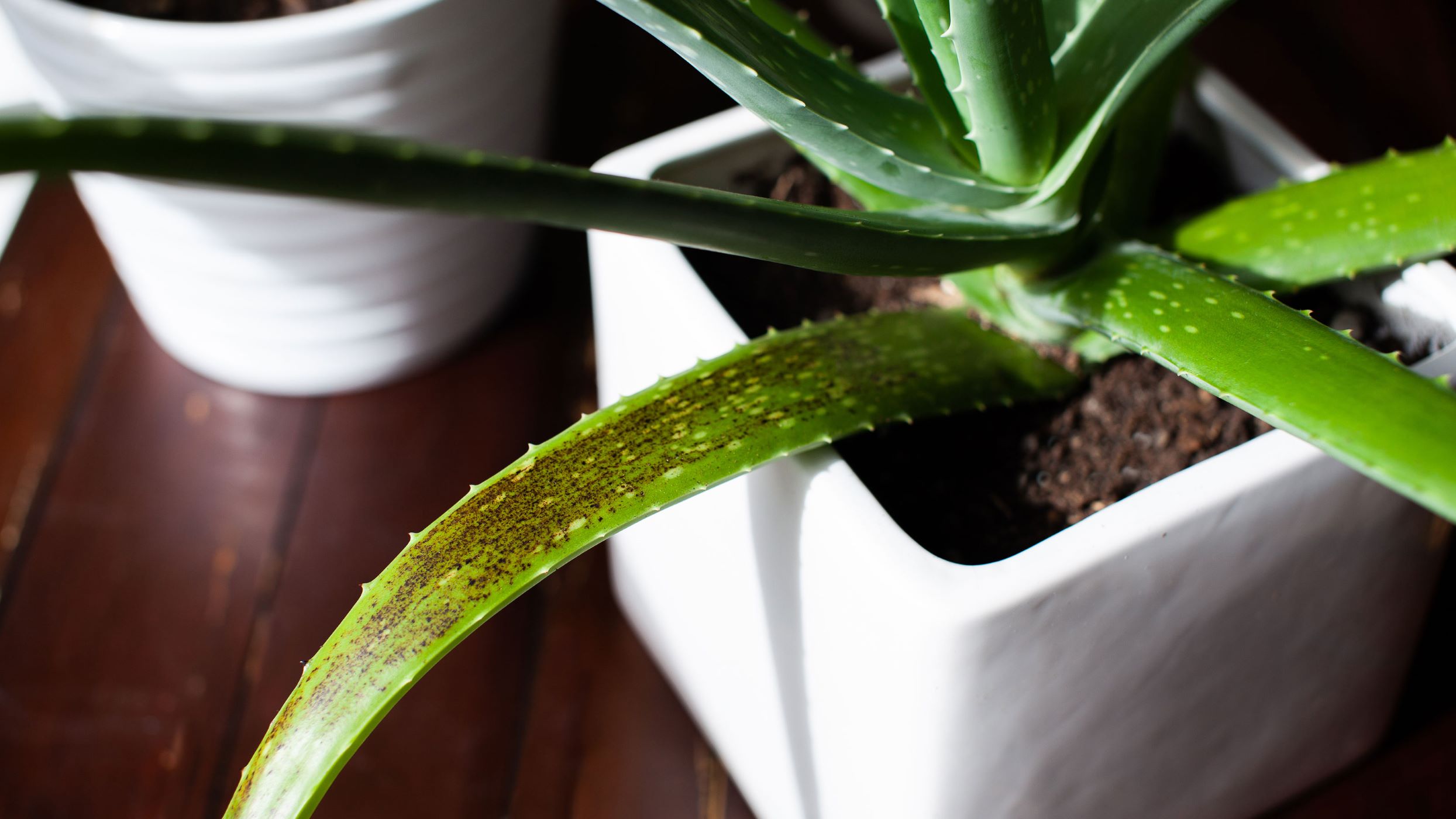
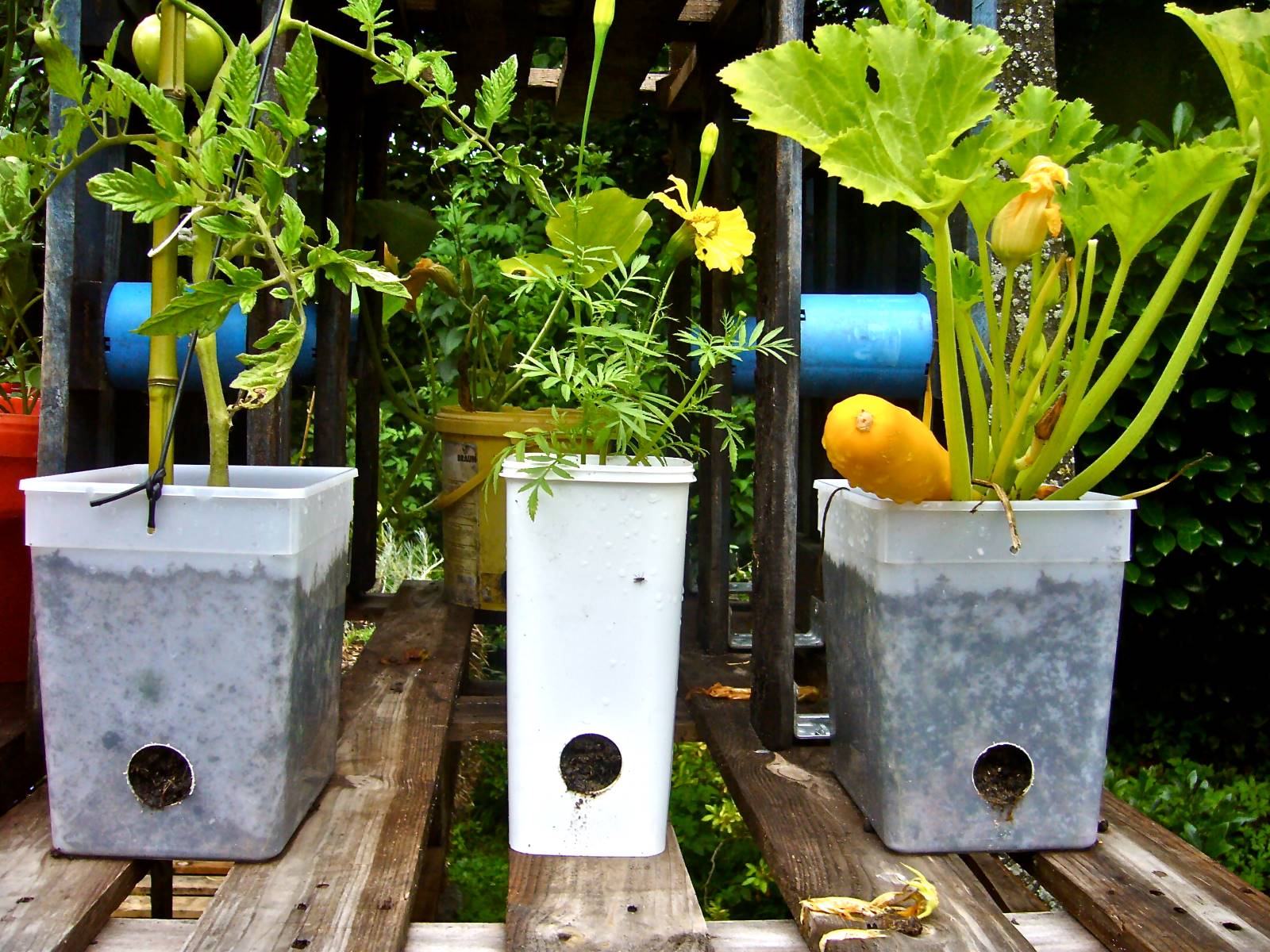

0 thoughts on “What Helps With Plant Drainage”